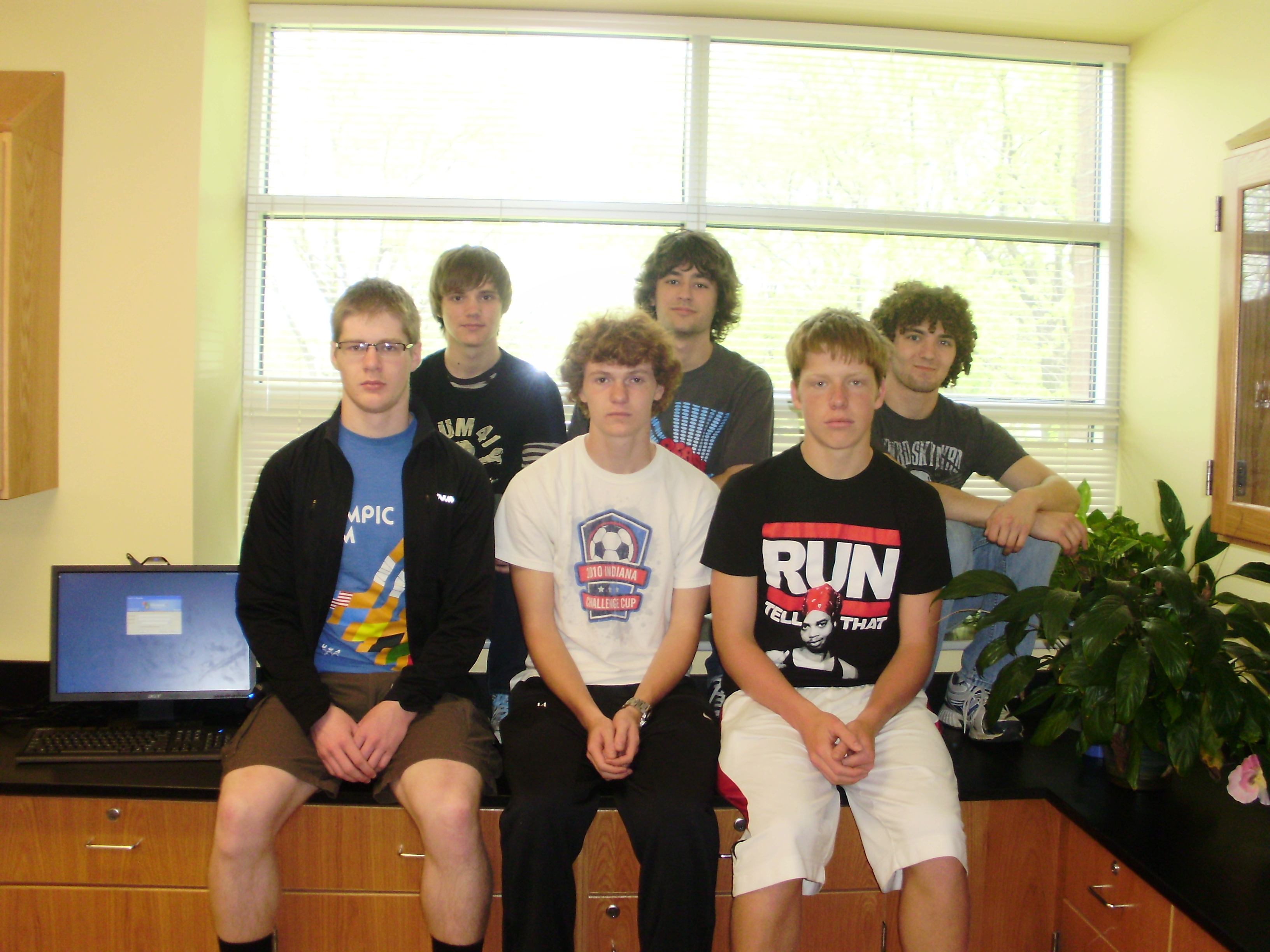Team:Greenfield IN-Rihm-HS/Notebook
From 2011.igem.org
(→Notebook) |
(→Calender/Notebook) |
||
| Line 32: | Line 32: | ||
'''April 13th:''' | '''April 13th:''' | ||
| - | Officially met for the first time and discussed ideas for our project. Some of the original ideas included a strain of yeast that acted as a water tester, a strain of yeast that emitted a | + | Officially met for the first time and discussed ideas for our project. Some of the original ideas included a strain of yeast that acted as a water tester, a strain of yeast that emitted a cinnamon scent, and a strain of yeast that reverses the oxidation of copper. |
'''April 20th:''' | '''April 20th:''' | ||
| - | After we read an article on | + | After we read an article on how yeast copes with toxic metals (Wysocki & Tamas, 2010), we made the final decision of making a water tester. We discussed what metals we wanted to detect in an environment, and we decided on copper, becase yeast already has a promoter associated with copper, Cup1. |
'''April 23th:''' | '''April 23th:''' | ||
| Line 42: | Line 42: | ||
We met early in the morning and discussed how to actually make our plasmid. We read about and decided to use Ura3 as our building block, and that we were going to put our plasmid in Ura3 (Mumberg, Muller, & Funk, 1995). We learned about the Gibson Method, a new system of putting together DNA parts instead of using restrictive enzymes. We also learned the order of our part: Promoter, Kozak Sequence, Space, Protein Coding Region, and then Terminator. | We met early in the morning and discussed how to actually make our plasmid. We read about and decided to use Ura3 as our building block, and that we were going to put our plasmid in Ura3 (Mumberg, Muller, & Funk, 1995). We learned about the Gibson Method, a new system of putting together DNA parts instead of using restrictive enzymes. We also learned the order of our part: Promoter, Kozak Sequence, Space, Protein Coding Region, and then Terminator. | ||
| - | '''April | + | '''April 27th:''' |
| + | We changed our project goal, and decided to use Cadmium after reading that | ||
| + | |||
| + | |||
| + | Citations: | ||
| + | |||
| + | [1] | ||
Revision as of 20:37, 10 May 2011
| You can write a background of your team here. Give us a background of your team, the members, etc. Or tell us more about something of your choosing. | [[Image:|200px|right|frame]] |
|
Our project this year is to design, create, and test a working cadmium water tester. We are going to do this by altering the existing biochemical pathway that Yeast has to recognize the cadmium, and then create our own code that will make it fluoresce red. When we originally had the idea for a water tester, we looked for metals, pesticides, and other harmful substances that are a problem in water supplies. Through much research, we found that cadmium is often a byproduct of many industrial processes, and is often leaked or exposed to the environment. Also, yeast recognizes the presence of cadmium already, so we figured it would be much more simple to alter an existing pathway than to create an entirely new one. We hope through research and experimentation that we are able to make cadmium much more detectable in the environment. | |
| Greenfield-Central High School Team Rihm |
| Home | Team | Official Team Profile | Project | Parts Submitted to the Registry | Modeling | Notebook | Safety | Attributions |
|---|
Calender/Notebook
April 13th:
Officially met for the first time and discussed ideas for our project. Some of the original ideas included a strain of yeast that acted as a water tester, a strain of yeast that emitted a cinnamon scent, and a strain of yeast that reverses the oxidation of copper.
April 20th:
After we read an article on how yeast copes with toxic metals (Wysocki & Tamas, 2010), we made the final decision of making a water tester. We discussed what metals we wanted to detect in an environment, and we decided on copper, becase yeast already has a promoter associated with copper, Cup1.
April 23th:
We met early in the morning and discussed how to actually make our plasmid. We read about and decided to use Ura3 as our building block, and that we were going to put our plasmid in Ura3 (Mumberg, Muller, & Funk, 1995). We learned about the Gibson Method, a new system of putting together DNA parts instead of using restrictive enzymes. We also learned the order of our part: Promoter, Kozak Sequence, Space, Protein Coding Region, and then Terminator.
April 27th: We changed our project goal, and decided to use Cadmium after reading that
Citations:
[1]
 "
"
